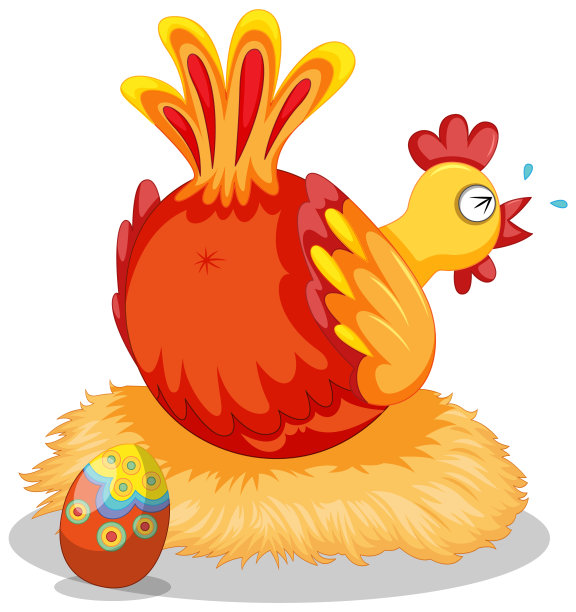Temperature control of poultry breeding in spring
1. Spring climate characteristics:
Temperature changes: large temperature difference between morning and evening
wind changes
Spring breeding key
1) Temperature stabilization: overlooked points and difficulties in environmental control
Low temperature and sudden temperature drops are important causes of disease
2) Low temperature signal of chicken shed:
Intuitive signals: eggshell quality, feed consumption, water consumption, feces condition (shape, color)
Objective Signal: Duration of Peak Egg Production
Computing data: big data, cloud computing, blockchain, artificial data
(Peak drinking water: before and after eating, after laying eggs)
1. Temperature control of chicks in spring (raised in counter-season)
Note: Pay attention to the temperature of the chicken house. The temperature should be stable. The temperature difference in the first three days should be within 2°C. Large temperature differences will hinder feather development.
In the early stage of brooding, the temperature should not deviate from the recommended temperature in the feeding manual by 0.5°C, and in the later stage, the temperature should not deviate from ±1°C.
2. Young Chicken
Suitable temperature: 24~26℃, the fat deposition rate is best at this temperature (after 6 weeks of age)
After 8 weeks of age, the length of the ovaries and fallopian tubes develop best at 22°C.
3. Laying hens
Suitable temperature: 15~25℃, optimal temperature: 18~23℃. Chicken flocks perform best at 21°C.
The day and night temperature in the house is best controlled within 5℃, the horizontal point in the house is controlled within 2℃, and the temperature difference at the vertical point is controlled within 1℃.
Post time: Feb-24-2024

